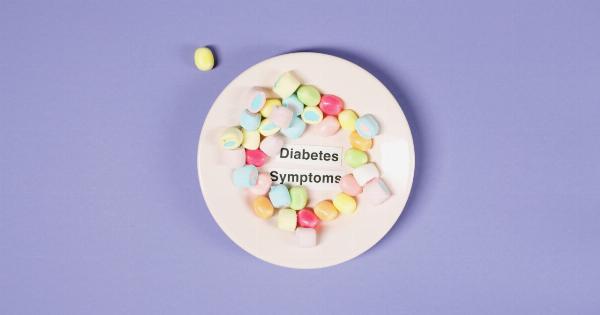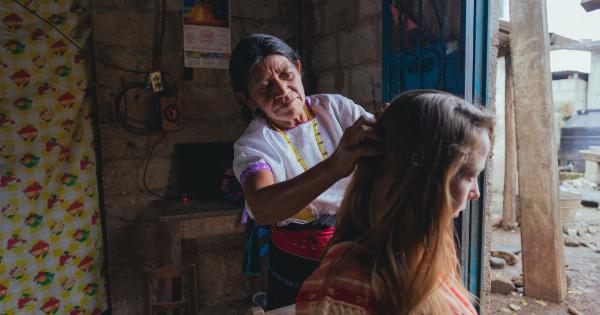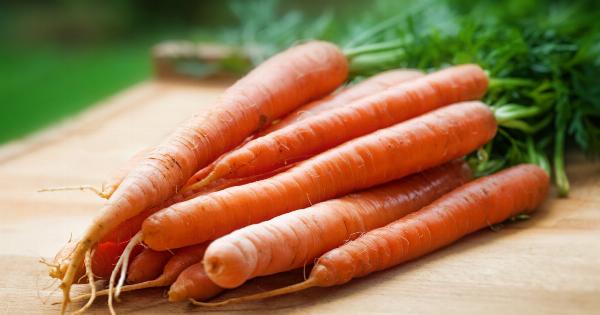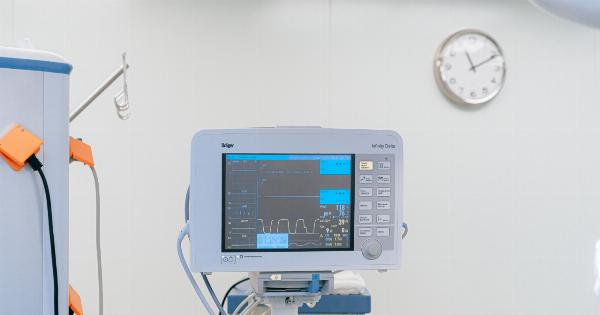When it comes to starchy vegetables, there are many varieties to choose from. Potatoes, yams, sweet potatoes, and cassava are all popular choices. Each of these tubers has a unique flavor and texture, but they also differ in their nutritional value.
One factor that separates them is their glycemic index, which is a measure of how quickly a carbohydrate-containing food raises blood sugar levels.
Glycemic Index Explained
The glycemic index (GI) is a ranking system that assigns a score to carbohydrate-containing foods based on how quickly they increase blood sugar levels after consumption.
Foods with a higher GI score are quickly digested and cause a rapid increase in blood sugar levels, while foods with a lower GI score are more slowly digested and cause a more gradual increase in blood sugar levels.
The GI score ranges from 0 to 100, with pure glucose (sugar) being assigned a score of 100.
Foods with a GI score of 70 or more are considered high-GI, those with a score of 56-69 are considered medium-GI, and those with a score of 55 or less are considered low-GI.
Potatoes vs. Sweet Potatoes
Potatoes have been a staple in many cultures for centuries, and they come in many varieties, including white, red, and russet. Sweet potatoes, on the other hand, have gained popularity in recent years due to their perceived health benefits.
When it comes to their glycemic index, however, sweet potatoes are the clear winner. According to the Harvard School of Public Health, sweet potatoes have a GI score of 63, which falls into the medium-GI category.
In contrast, white potatoes have a GI score of 82, which is classified as high-GI.
One reason for this difference is that sweet potatoes have a higher fiber content than white potatoes. Fiber slows down the digestion and absorption of carbohydrates, which can ultimately prevent a rapid increase in blood sugar levels.
Sweet potatoes are also rich in vitamins and minerals, including vitamin A, vitamin C, and potassium.
That’s not to say that white potatoes don’t have any nutritional value. They are a good source of vitamin C, potassium, and vitamin B6. However, their high glycemic index may not be ideal for those looking to manage their blood sugar levels.
Yams vs. Sweet Potatoes
Yams and sweet potatoes are often confused with each other, but they are actually quite different. Yams are native to Africa and Asia and are not commonly found in North America.
Sweet potatoes, on the other hand, are commonly found in grocery stores and are popular in many cuisines.
When it comes to their glycemic index, yams and sweet potatoes have similar scores. According to the International Potato Center, yams have a GI score of 51, which is considered low-GI.
Sweet potatoes, as previously mentioned, have a GI score of 63, which falls into the medium-GI category.
While yams are lower on the glycemic index, they are also lower in fiber than sweet potatoes. They do, however, have a higher vitamin C content than sweet potatoes.
Ultimately, both yams and sweet potatoes can be healthy choices, but those looking for a lower glycemic option may want to opt for yams.
Cassava
Cassava, also known as yuca, is a starchy root vegetable that is popular in Latin American and African cuisines. It is rich in carbohydrates and has a slightly sweet taste.
When it comes to its glycemic index, cassava has a score of 46, which is considered low-GI.
While cassava may be low on the glycemic index, it is important to note that it is also low in nutrients compared to other tubers. It is not a good source of vitamins or minerals, and it is also high in calories.
As a result, those looking for a nutrient-dense option may want to choose a different tuber, even if it has a higher glycemic index.
Glycemic Load
It’s important to note that the glycemic index doesn’t always tell the full story when it comes to how a food affects blood sugar levels, as it only considers the type of carbohydrate and not the portion size.
A food’s glycemic load (GL) takes into account both the type of carbohydrate and the portion size, which provides a more accurate picture of how a food affects blood sugar levels.
For example, a sweet potato may have a medium GI score, but if it is consumed in large amounts, it can still cause a significant spike in blood sugar levels.
Similarly, a small serving of white potatoes may not have as much of an impact on blood sugar levels as a large serving.
Conclusion
When it comes to choosing a starchy vegetable, there are many factors to consider, including taste, texture, and nutritional value. The glycemic index can also be a useful tool for those looking to manage their blood sugar levels.
In general, sweet potatoes and yams are better choices than white potatoes due to their lower glycemic index. Cassava, while low on the glycemic index, is not a good source of nutrients.
Ultimately, portion size is also an important factor to consider when it comes to the glycemic load of a food.




























